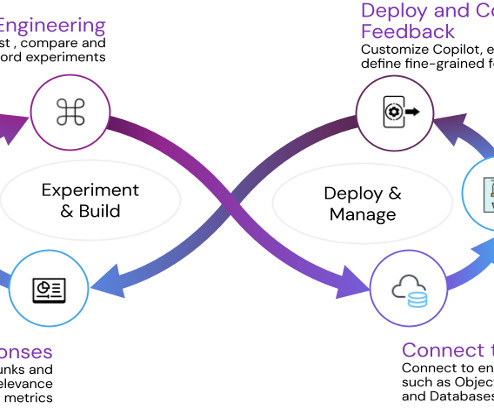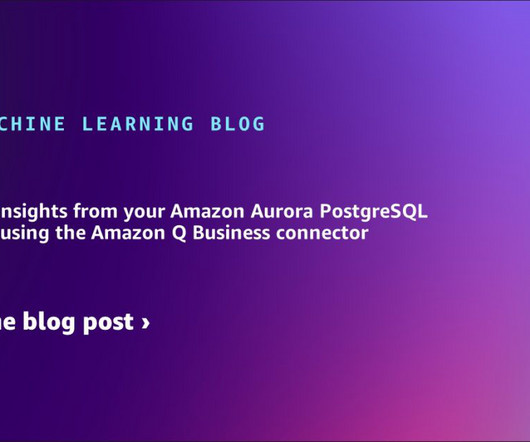Llamaindex Query Pipelines: Quickstart Guide to the Declarative Query API
Towards AI
FEBRUARY 7, 2024
Image by Narciso on Pixabay Introduction Query Pipelines is a new declarative API to orchestrate simple-to-advanced workflows within LlamaIndex to query over your data. Other frameworks have built similar approaches, an easier way to build LLM workflows over your data like RAG systems, query unstructured data or structured data extraction.














Let's personalize your content